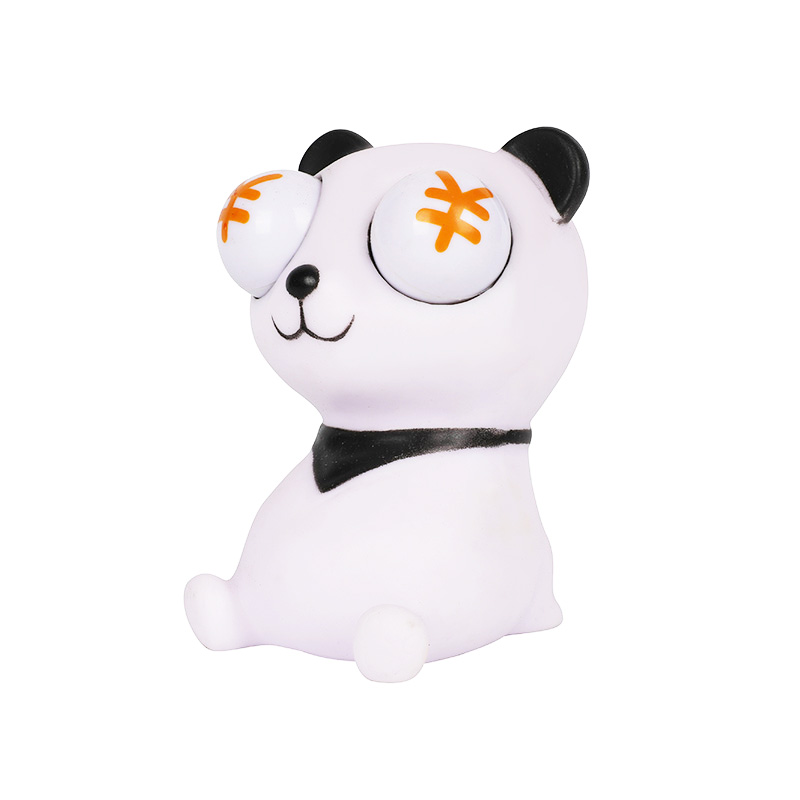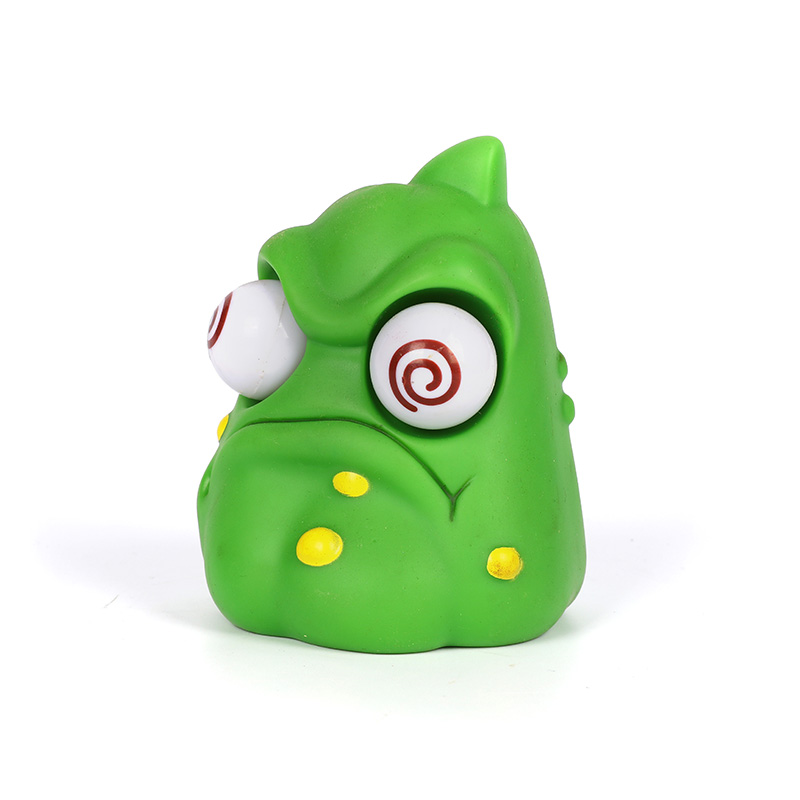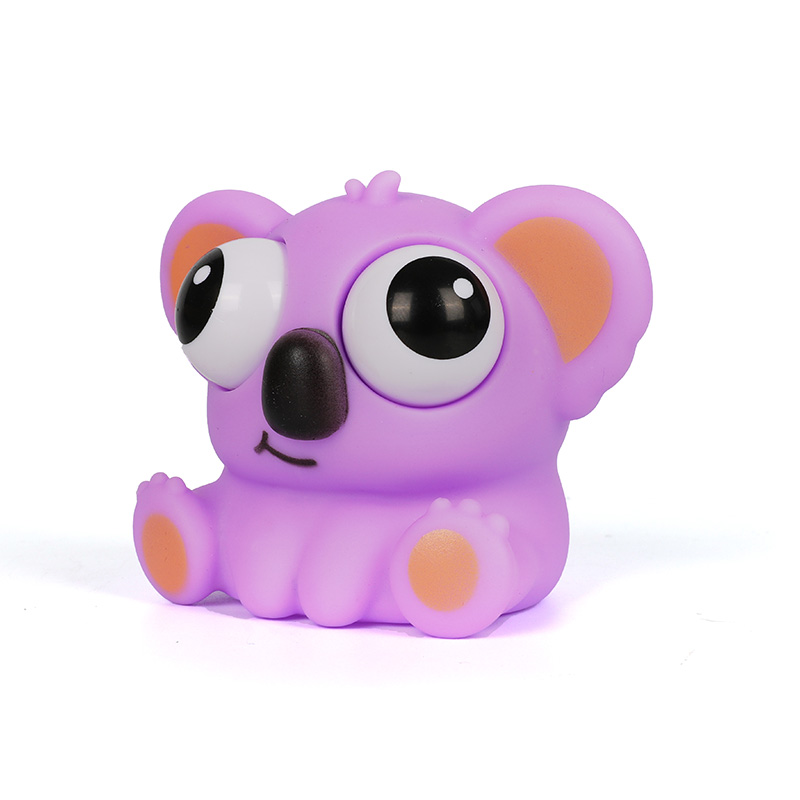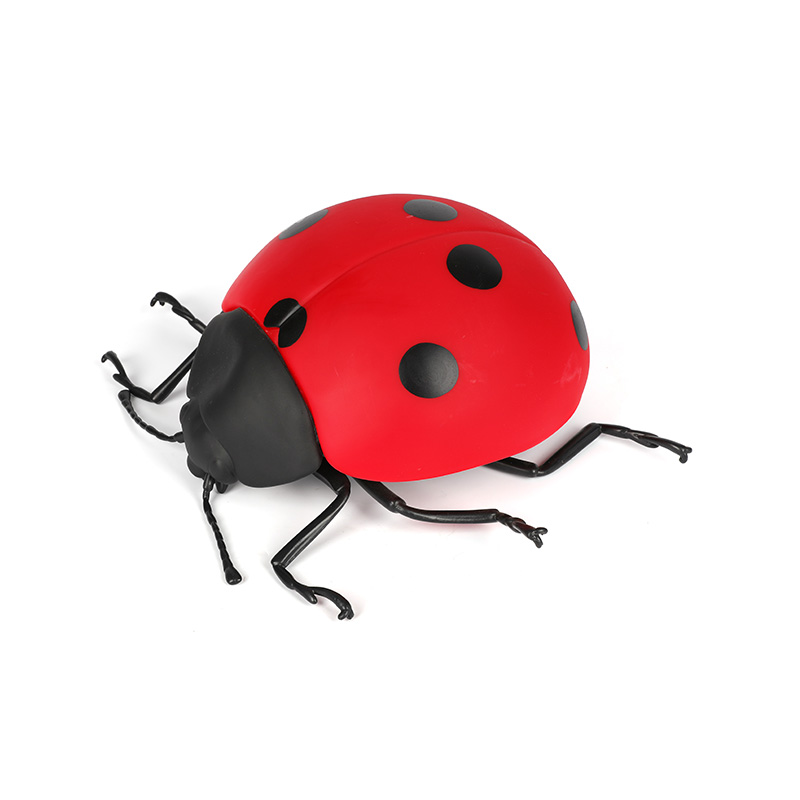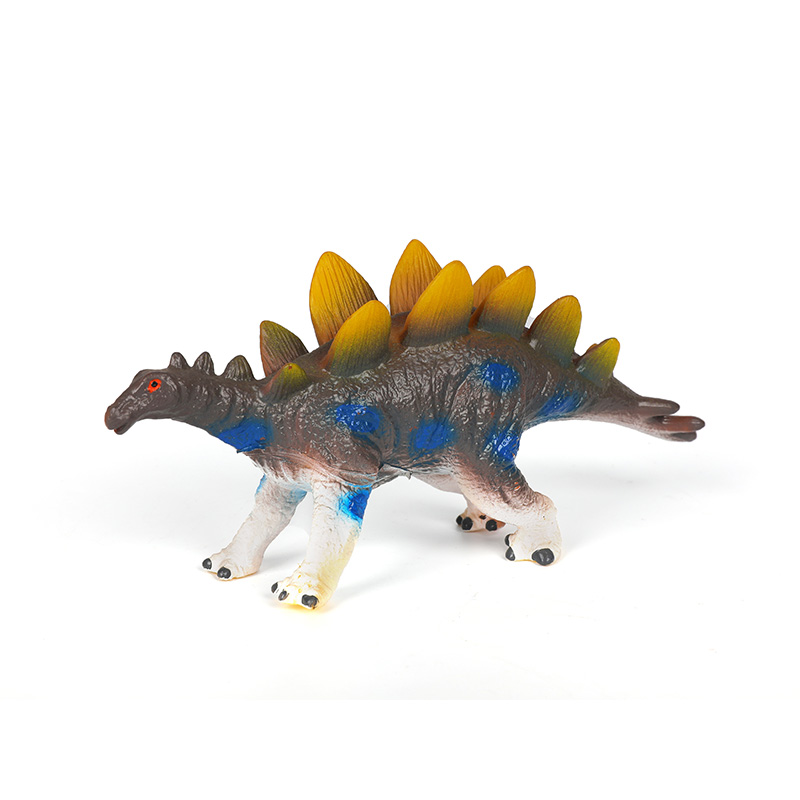- Type:
- Industry News
- Date
- 2024-Aug-16
High-Temperature Durability Of Classic Yellow Rubber Ducks And Vinyl Animal Toys
The classic yellow rubber duck is a cherished icon of childhood, often found floating serenely in bathtubs and pools. Vinyl animal toys, on the other hand, are celebrated for their diverse designs and vibrant colors. Both types of toys are popular for their fun and engaging qualities, but their performance under varying environmental conditions, particularly high temperatures, is an essential consideration for manufacturers and consumers alike. This article delves into the durability of these toys when exposed to high temperatures, examining the materials used, the impact of heat on their properties, and ideal practices for maintaining their integrity.
Materials and Manufacturing
Classic yellow rubber ducks are typically made from natural rubber or synthetic rubber compounds. Natural rubber, derived from latex, is known for its flexibility and resilience, but it can be sensitive to bad temperatures. Synthetic rubbers, such as those based on styrene-butadiene or ethylene-propylene-diene monomer, are often used to enhance the toy's durability. These materials are engineered to withstand a range of conditions, including exposure to sunlight and heat.
Vinyl animal toys are primarily constructed from polyvinyl chloride (PVC), a plastic that is known for its versatility and durability. PVC can be formulated with various additives to improve its heat resistance. The manufacturing process involves heating the vinyl to a pliable state, and then molding it into the desired shape. The finished product can handle moderate temperatures, but prolonged exposure to high heat can affect its structural integrity.
Heat Resistance of Rubber Ducks
When exposed to high temperatures, natural rubber can become soft and lose its shape. This is due to the breakdown of the polymer chains in the rubber, which compromises its elasticity. Synthetic rubbers, while more resistant than natural rubber, can still exhibit changes when exposed to sustained high temperatures. They may become discolored or deform over time. Additionally, prolonged exposure to sunlight and heat can ideal to the degradation of rubber, causing the material to become brittle and less resilient.
Manufacturers often address these challenges by incorporating stabilizers and antioxidants into the rubber formulation. These additives help protect the rubber from oxidative damage and heat-induced degradation. The durability of rubber ducks in high-temperature environments depends largely on these additives and the quality of the rubber compound used.
Heat Resistance of Vinyl Animal Toys
Vinyl toys are generally more heat-resistant than natural rubber toys due to the chemical properties of PVC. However, they are not impervious to the effects of high temperatures. When subjected to excessive heat, vinyl can become soft and pliable, potentially professional to deformation. In severe cases, high temperatures can cause the vinyl to warp or even melt.
To enhance the heat resistance of vinyl toys, manufacturers may use heat stabilizers in the PVC formulation. These stabilizers help prevent the degradation of the material when exposed to high temperatures. Additionally, vinyl toys are often treated with UV inhibitors to protect them from the effects of sunlight, which can also contribute to heat-related damage.
Practical Considerations for Consumers
For consumers, understanding the limitations of rubber ducks and vinyl animal toys in high-temperature environments is crucial for ensuring their longevity. Rubber ducks should be kept out of direct sunlight and bad heat to prevent warping or degradation. Storing them in a cool, dry place can help maintain their shape and elasticity.
Similarly, vinyl animal toys should be protected from prolonged exposure to high temperatures. Avoid leaving these toys in hot environments, such as inside a parked car or in direct sunlight, to prevent potential deformation. Regular cleaning and proper storage can also extend the life of these toys.
Ideal practices for Manufacturers
Manufacturers play a pivotal role in enhancing the heat resistance of rubber and vinyl toys. By selecting high-quality materials and incorporating appropriate additives, they can improve the durability of their products. Rigorous testing under simulated high-temperature conditions is essential to ensure that the toys can withstand various environmental challenges.
Furthermore, clear labeling and consumer education are vital. Providing information about the good storage conditions and potential risks associated with high temperatures can help consumers make informed decisions about the care and use of their toys.
The classic yellow rubber duck and vinyl animal toys are beloved for their charm and playfulness. However, their ability to withstand high temperatures is a critical factor in their durability. Understanding the materials used in these toys and the impact of heat on their properties is essential for both manufacturers and consumers. By implementing ideal practices in material selection, manufacturing processes, and consumer education, it is possible to enhance the resilience of these toys and ensure they continue to bring joy for years to come.


 English
English
 English
English русский
русский Español
Español